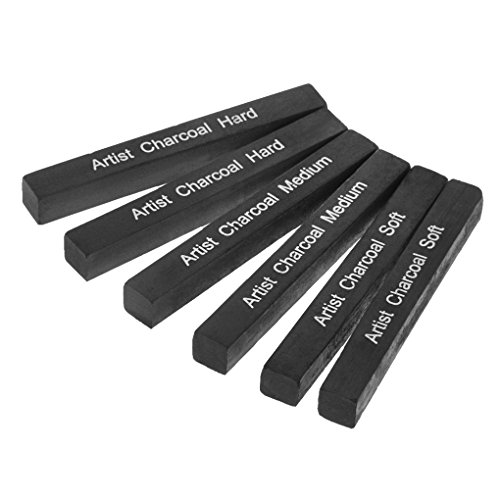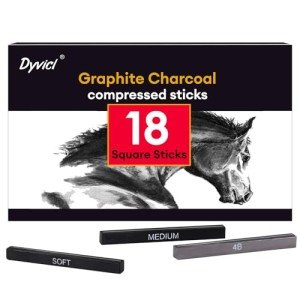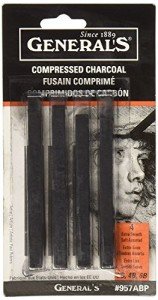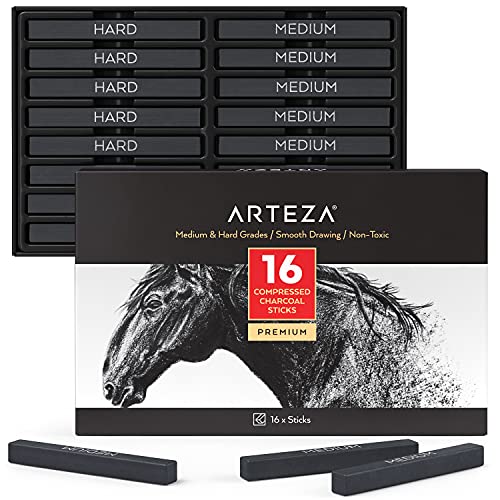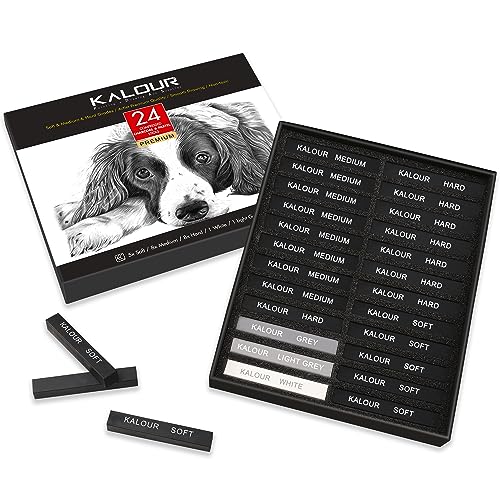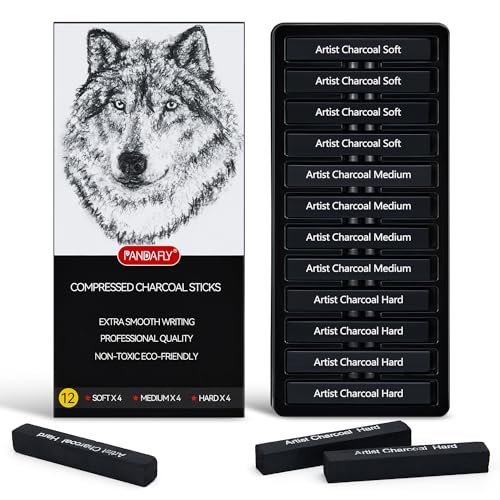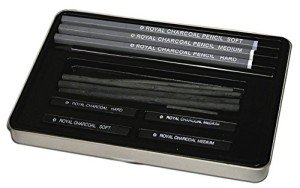Charcoal, a medium as old as art itself, has been an essential tool in the hands of artists for centuries. Its unique ability to create bold, expressive, and atmospheric effects makes it a favorite choice among artists looking to add drama and depth to their work. In this article, we will delve into the fascinating world of charcoal for art, exploring its history, types, techniques, and the unparalleled artistic possibilities it offers.
The Ancient Origins of Charcoal Art
The use of charcoal as an artistic medium can be traced back to prehistoric times when early humans used it to create cave paintings. Since then, charcoal has played a significant role in the evolution of art. The medium's rich history is a testament to its enduring appeal and versatility.
Types of Charcoal
Charcoal for art comes in various forms, each offering its unique characteristics and benefits. The three primary types of charcoal used in art are vine charcoal, compressed charcoal, and charcoal pencils.
Vine Charcoal: Made from burnt willow or grapevine branches, vine charcoal is lightweight and easy to smudge. It is favored by artists for its softness, making it ideal for preliminary sketches and broad strokes. Vine charcoal's delicate lines and easy erasability make it a favorite among artists for gesture drawings and initial compositions.
Compressed Charcoal: Compressed charcoal is a denser and harder form of charcoal, available in various degrees of hardness. Artists often use it for creating deep, dark tones and fine lines. Compressed charcoal can be sharpened to a fine point, allowing for precise detailing and intricate work.
Charcoal Pencils: Charcoal pencils combine the convenience of a pencil with the expressive qualities of charcoal. Encased in wood, these pencils allow for better control and less mess than traditional charcoal sticks. Artists can achieve a wide range of line thickness and texture using charcoal pencils, making them a versatile choice.
Techniques and Expressive Possibilities
Charcoal's expressive potential lies in its ability to create a wide range of values, from the darkest blacks to the faintest grays. Artists can harness this potential to evoke a sense of drama, depth, and atmosphere in their work.
Blending and Smudging: Charcoal's smudging quality allows artists to create soft transitions and subtle gradients. Blending tools like fingers, blending stumps, or brushes can be used to smudge the charcoal for a more ethereal or painterly effect.
Erasure: Charcoal is forgiving, as it can be easily erased or lifted with kneaded erasers or art gum erasers. This quality allows artists to refine their work and make corrections as needed.
Scumbling: Scumbling involves applying charcoal lightly over a textured surface to create a hazy, atmospheric effect. It can be used to suggest mist, smoke, or the play of light and shadow.
Cross-Hatching and Stippling: These techniques involve creating intricate textures and patterns by layering hatched or stippled marks. Artists can use them to add depth, dimension, and detail to their artwork.
Charcoal, with its deep, velvety blacks and its power to evoke emotion and atmosphere, continues to captivate artists and viewers alike. Whether you are a seasoned artist looking to push the boundaries of your creativity or a novice just beginning your artistic journey, charcoal offers an array of expressive possibilities that are both exciting and versatile. Its history and the timeless beauty it brings to art make it a medium worth exploring and mastering. So, the next time you pick up a stick of charcoal or a charcoal pencil, remember that you are holding a piece of artistic history and a tool that can help you create striking, evocative, and unforgettable works of art.
